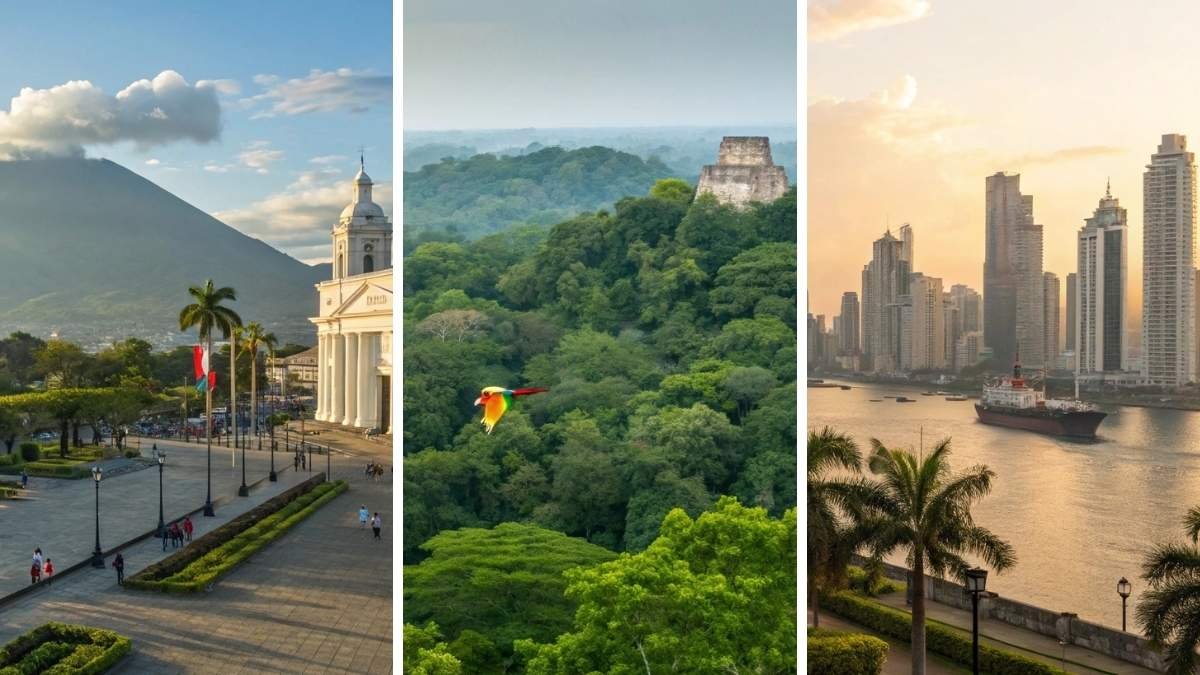
Eco-travel doesn’t have to come with luxury price tags or overcrowded trails. While one country often steals the spotlight, the rest of Central America quietly hides wild wonders that feel far more authentic — and far less expensive.
Think rainforests where the air hums with birdcalls, coastlines alive with sea turtles, and rivers where rare creatures still thrive undisturbed. These are places where adventure feels raw, where wildlife encounters happen without a line of tourists waiting their turn.
If you’re chasing real nature, richer experiences, and half the cost, these destinations are where the magic truly begins.
1. Panama
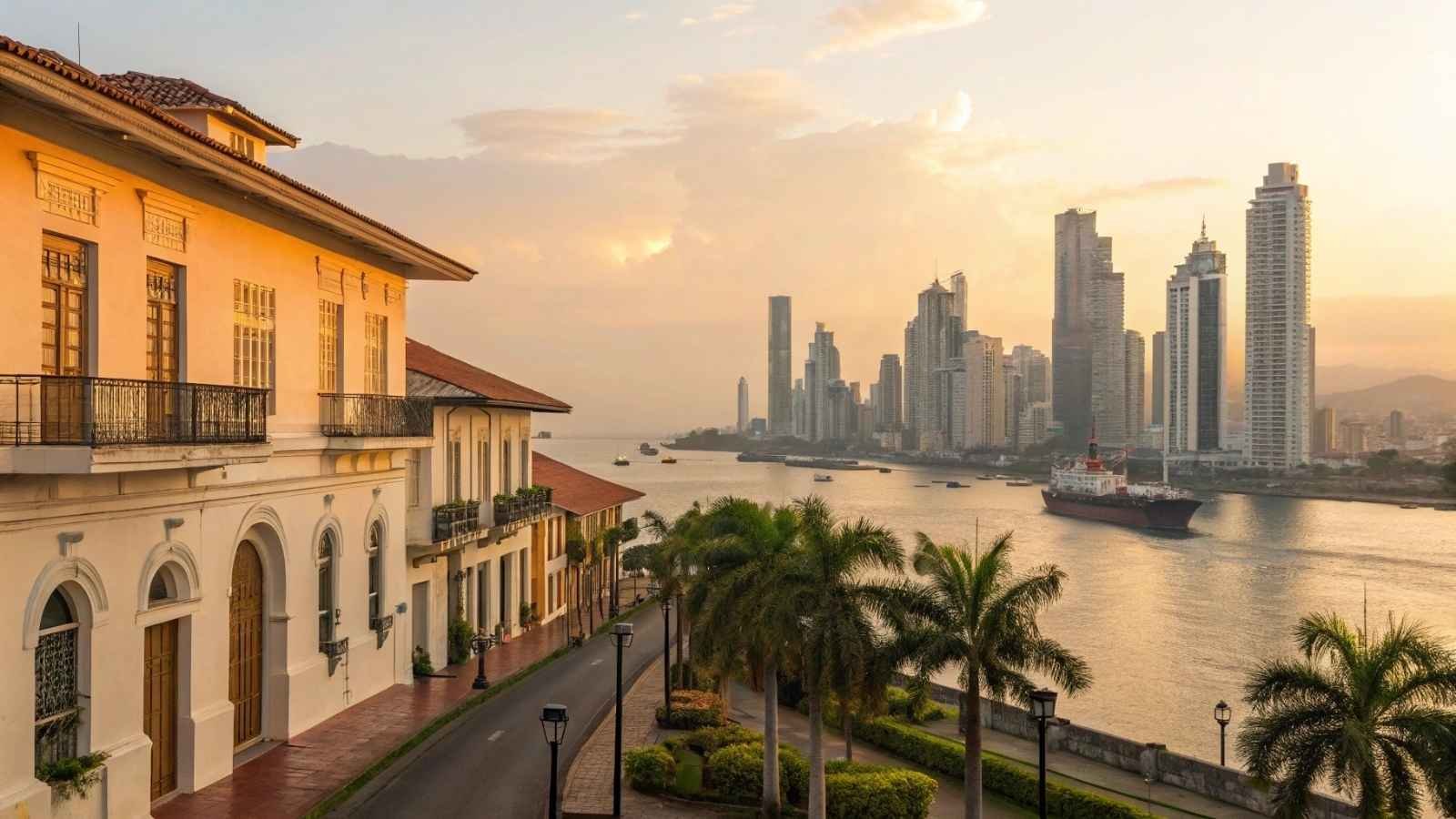
Panama often gets overlooked by travelers who flock to Costa Rica, but that’s a mistake. This country offers lush rainforests, cloud forests, and pristine beaches without the hefty eco-tourism price tag. Whether it’s sloths moving slowly through the trees, colorful toucans overhead, or troops of howler monkeys announcing their presence, Panama’s biodiversity rivals — and in some ways surpasses — Costa Rica’s. Add to that fewer crowds, and you’re free to experience wildlife without tour groups hovering around.
The Bocas del Toro archipelago is a hotspot for snorkeling with vibrant coral reefs, starfish, and dolphins. On the Pacific side, Coiba National Park is a UNESCO site teeming with marine life, including whale sharks. Then there’s the Darién region, a vast wilderness filled with jaguars, harpy eagles, and tapirs — places where nature still feels untouched. For birders, Panama is a dream; nearly 1,000 species are recorded here, from dazzling quetzals to scarlet macaws.
What really makes Panama shine is the balance of accessibility and raw wildness. You can be in Panama City in the morning, and by afternoon, you’re trekking through rainforests that feel worlds away. The eco-lodges here are often half the cost of those in Costa Rica, but they’re just as immersive. If you’re chasing authentic wildlife adventures without draining your wallet, Panama deserves the top spot.
Travel tips:
- Best months to visit: December to April (dry season)
- Wildlife highlights: Sloths, harpy eagles, howler monkeys, whale sharks
- Budget factor: Lower lodging and park fees compared to Costa Rica
- Top spots: Bocas del Toro, Coiba National Park, Darién Gap
2. Nicaragua
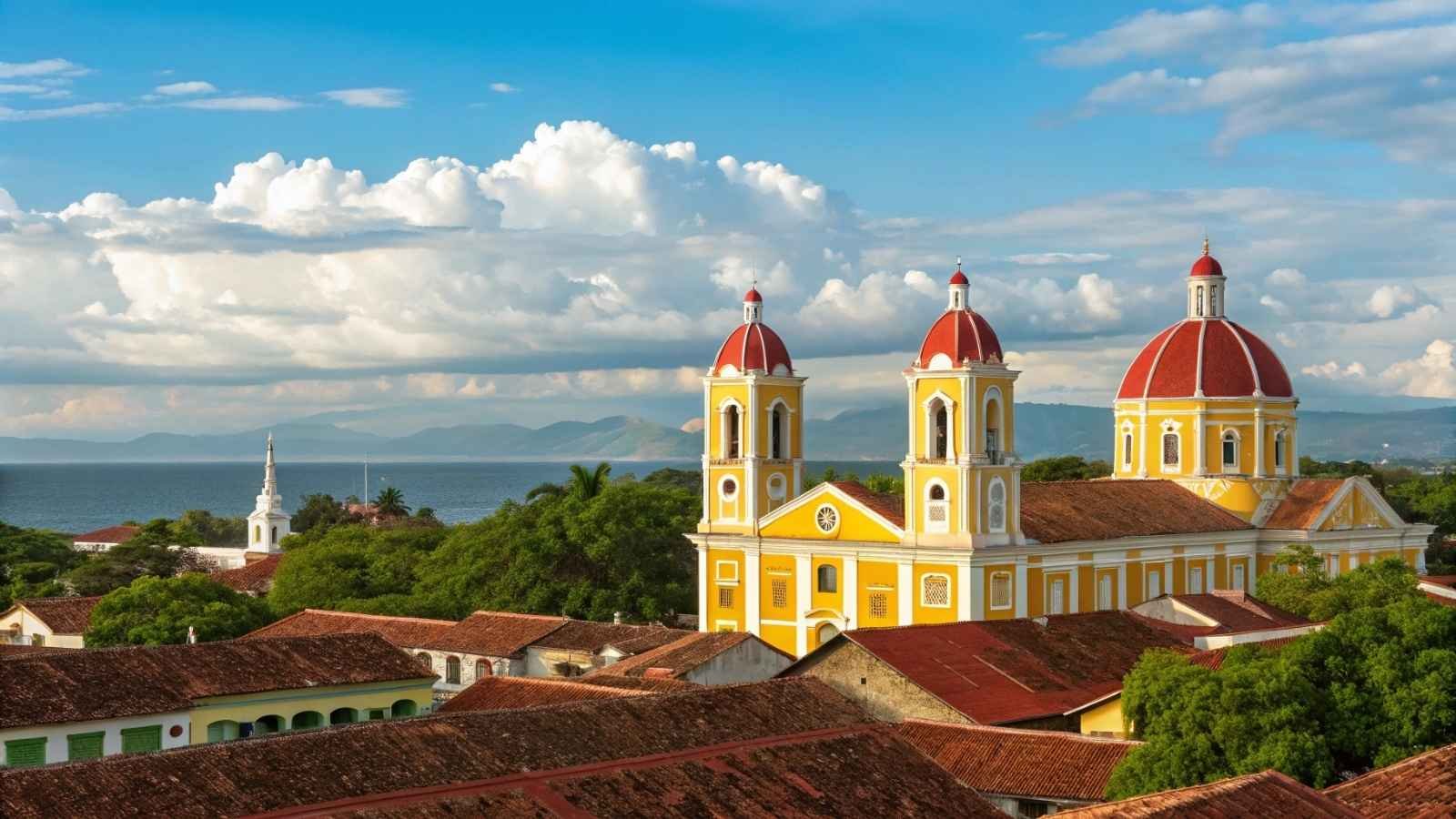
Nicaragua offers an unpolished, more authentic eco-tourism experience that feels less commercialized than its southern neighbor. Volcanoes, lakes, and dense jungles make up much of the landscape, and wildlife thrives in the quieter, less developed corners of the country. If your goal is to see monkeys swinging through treetops or turtles nesting on unspoiled beaches without touristic fanfare, Nicaragua delivers beautifully.
The Indio Maíz Biological Reserve in the southeast is often referred to as the “lungs of Central America,” boasting a diverse array of wildlife, including jaguars, tapirs, and hundreds of bird species. Along the Pacific coast, you’ll find turtles nesting at La Flor Wildlife Refuge, particularly from July to January. Lake Nicaragua’s Ometepe Island, formed by twin volcanoes, offers pristine nature trails and opportunities to spot howler monkeys and exotic birds.
Part of Nicaragua’s charm is its affordability. You can stay in an eco-lodge, hire a guide, and eat local meals for a fraction of Costa Rica’s prices. The infrastructure is improving, but not as polished, which means fewer crowds and more intimate encounters with nature. For travelers who love raw, wild experiences, Nicaragua feels like stepping back to a time before eco-tourism became a business.
Travel tips:
- Best months to visit: November to April (dry season)
- Wildlife highlights: Jaguars, sea turtles, howler monkeys, exotic birds
- Budget factor: Extremely affordable eco-lodges and guided tours
- Top spots: Indio Maíz Reserve, La Flor Wildlife Refuge, Ometepe Island
3. Guatemala
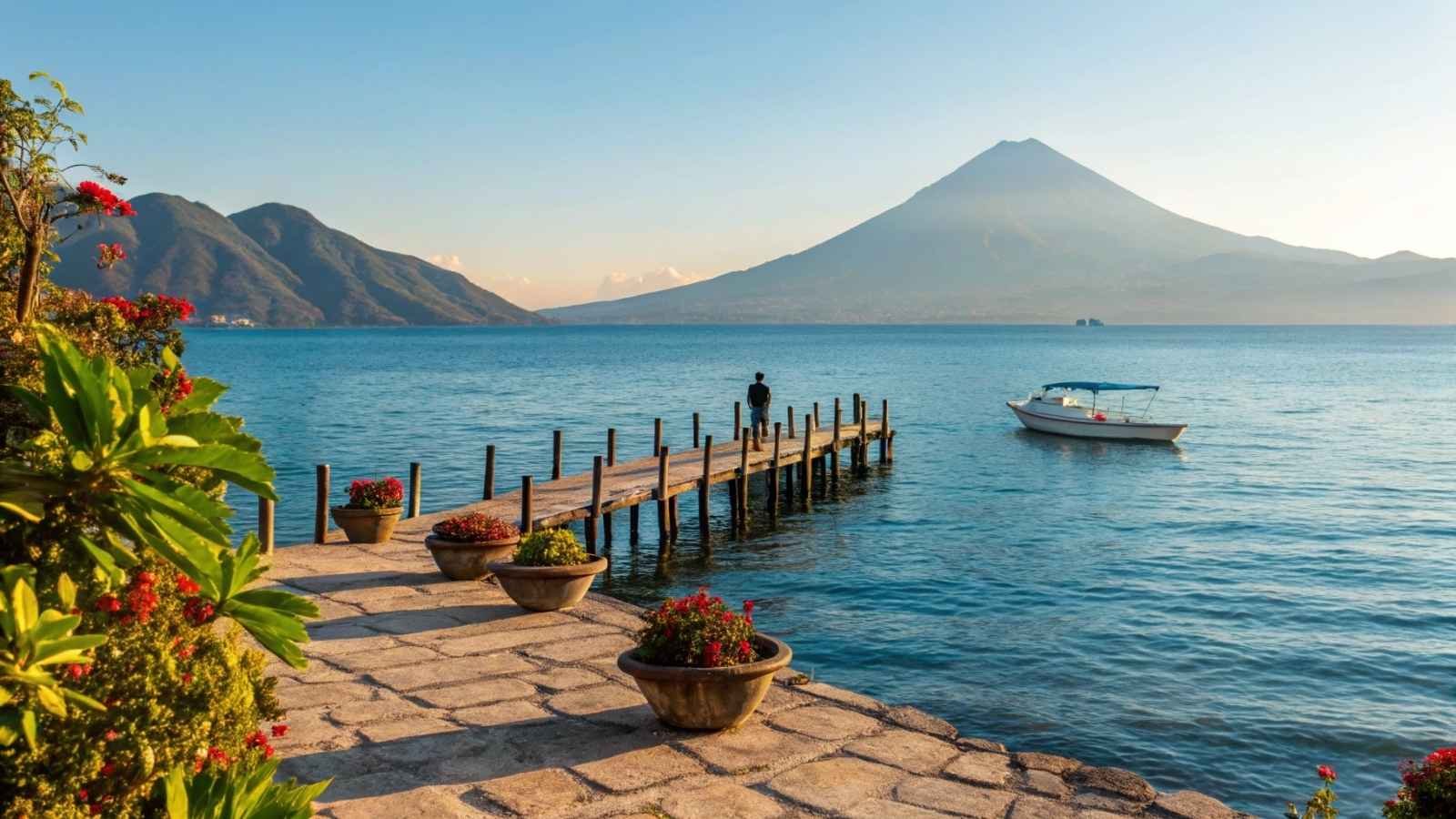
Guatemala is often praised for its cultural treasures, but its wildlife is just as compelling. Thick jungles stretch across the northern region of Petén, home to jaguars, spider monkeys, and vibrant birdlife. The great thing about Guatemala is the way wildlife and history intertwine — you might spot toucans while exploring Mayan ruins rising out of the rainforest.
The Maya Biosphere Reserve is a massive protected area brimming with biodiversity. This is where Tikal, one of the most iconic archaeological sites, sits surrounded by a living jungle. Scarlet macaws, howler monkeys, and even pumas make their home here. Guatemala also boasts highland cloud forests, where the elusive resplendent quetzal — the country’s national bird — can be spotted.
For travelers, Guatemala offers a blend of adventure and affordability. You’re not just paying for wildlife tours; you’re getting a layered experience of nature and ancient culture at half the cost of Costa Rica. Eco-lodges are rustic but welcoming, and guides are passionate about preserving both the environment and cultural heritage. If you’re looking for a rich mix of nature and history, Guatemala is an unbeatable destination.
Travel tips:
- Best months to visit: November to April (dry season)
- Wildlife highlights: Jaguars, scarlet macaws, spider monkeys, quetzals
- Budget factor: Low-cost accommodations, very affordable tours
- Top spots: Maya Biosphere Reserve, Tikal, Sierra de las Minas
4. Belize
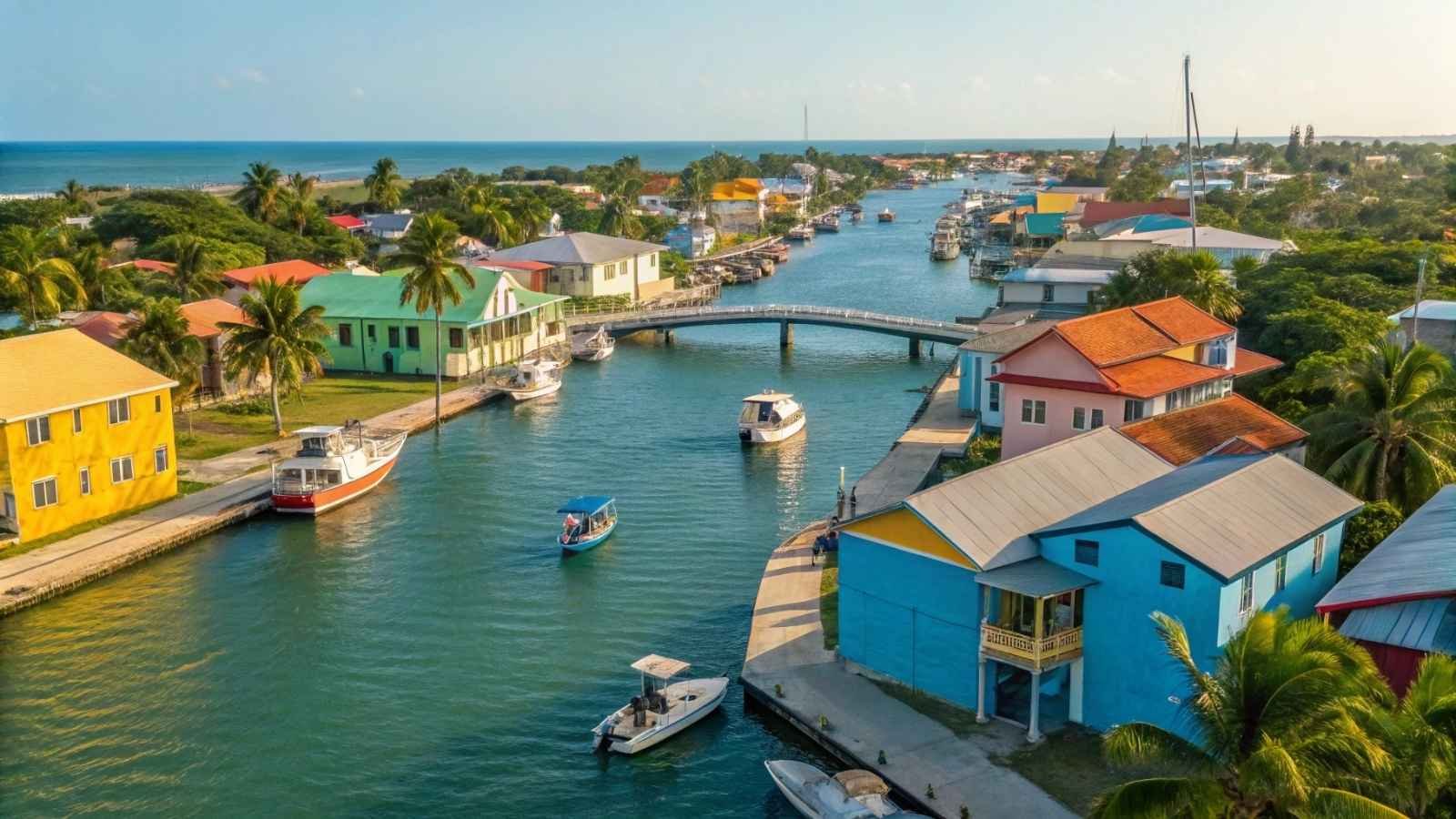
Belize offers a tropical double feature: rich rainforest wildlife inland and a marine wonderland along the coast. It’s one of the easiest Central American countries to navigate thanks to English being the official language, yet it remains far more affordable than Costa Rica. Whether you’re trekking through jungle trails or snorkeling in turquoise waters, Belize is a wildlife lover’s dream.
Inland, the Cockscomb Basin Wildlife Sanctuary is a famous jaguar reserve where you can also spot ocelots, pumas, and tapirs. Bird enthusiasts will love the diversity here, with toucans and motmots adding splashes of color to the canopy. Along the coastline, the Belize Barrier Reef is second only to Australia’s Great Barrier Reef, teeming with sea turtles, rays, and reef sharks.
What makes Belize especially appealing is the intimacy of its experiences. You’re not elbow-to-elbow with other tourists; instead, you get guided tours in small groups, often led by locals who grew up in the area. The balance between jungle adventures and marine life makes it an unbeatable combination, particularly at a fraction of Costa Rica’s eco-tourism prices.
Travel tips:
- Best months to visit: December to May (dry season)
- Wildlife highlights: Jaguars, tapirs, toucans, reef sharks, sea turtles
- Budget factor: Mid-range pricing, but still cheaper than Costa Rica
- Top spots: Cockscomb Basin Reserve, Belize Barrier Reef, Ambergris Caye
5. Honduras
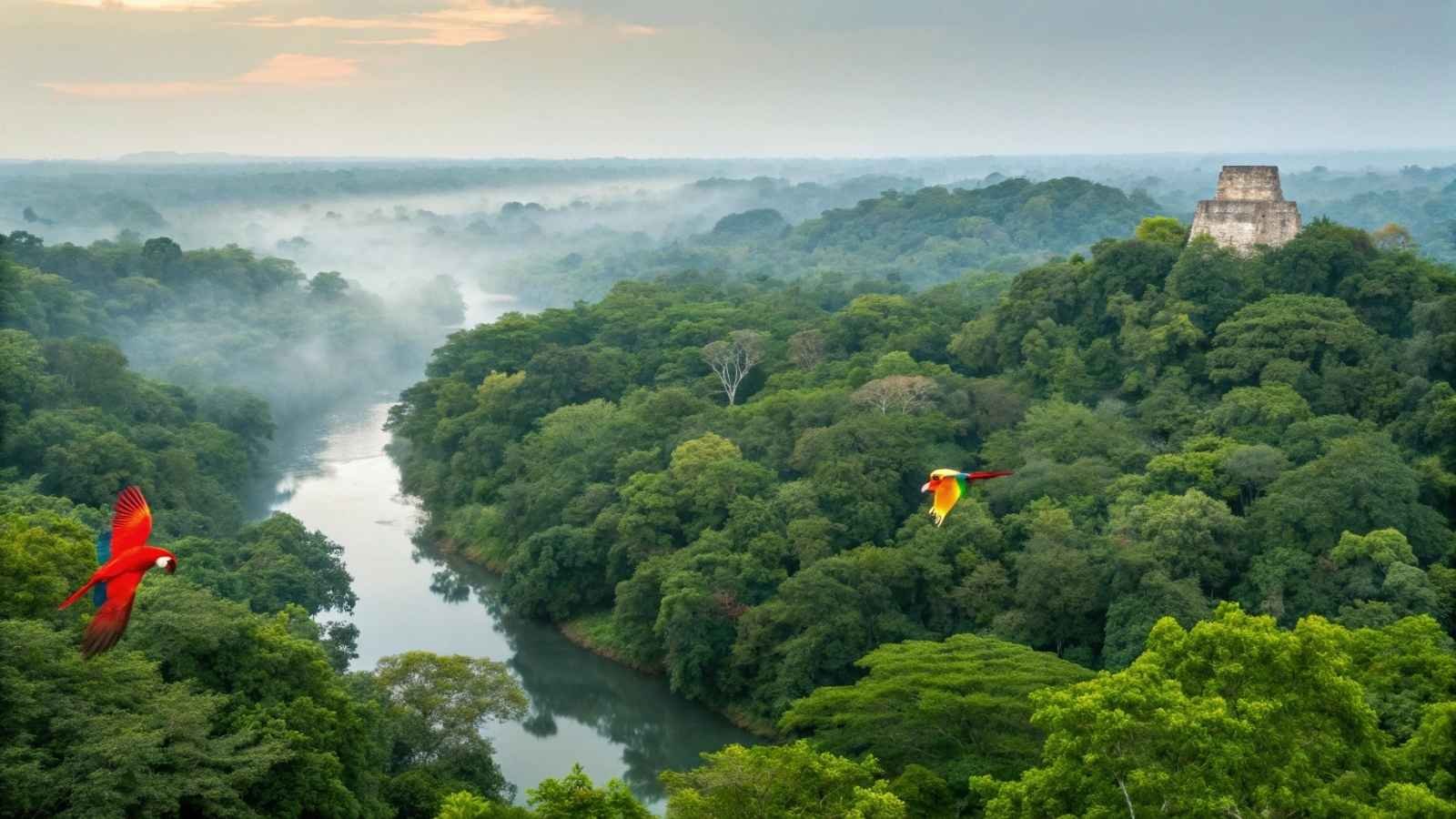
Honduras might not always be on eco-travelers’ radar, but it’s home to some of the wildest, most untouched landscapes in Central America. The vast Mosquito Coast (La Mosquitia) includes the Río Plátano Biosphere Reserve, a UNESCO World Heritage Site, where jaguars, tapirs, and manatees thrive. It’s a frontier-style adventure for those who want to step into raw wilderness.
Offshore, the Bay Islands offer a marine paradise. Roatán and Utila are globally renowned diving hubs, with whale sharks often spotted from March to May. Inland, Pico Bonito National Park near La Ceiba is filled with waterfalls, hiking trails, and a staggering variety of birds — over 400 species recorded. Wildlife is abundant, and eco-tourism here feels far less commercialized than in Costa Rica.
What makes Honduras stand out is the combination of affordability and the sense that you’re exploring real wilderness, not a curated version of it. Yes, it takes more effort to reach some of these areas, but that effort pays off with fewer crowds, better prices, and wildlife encounters that feel genuinely wild. For the adventurous traveler, Honduras is a hidden gem.
Travel tips:
- Best months to visit: November to April (dry season for inland, March–May for whale sharks offshore)
- Wildlife highlights: Jaguars, manatees, whale sharks, exotic birds
- Budget factor: Very low costs for accommodations, food, and tours
- Top spots: Río Plátano Reserve, Pico Bonito National Park, Bay Islands
6. El Salvador
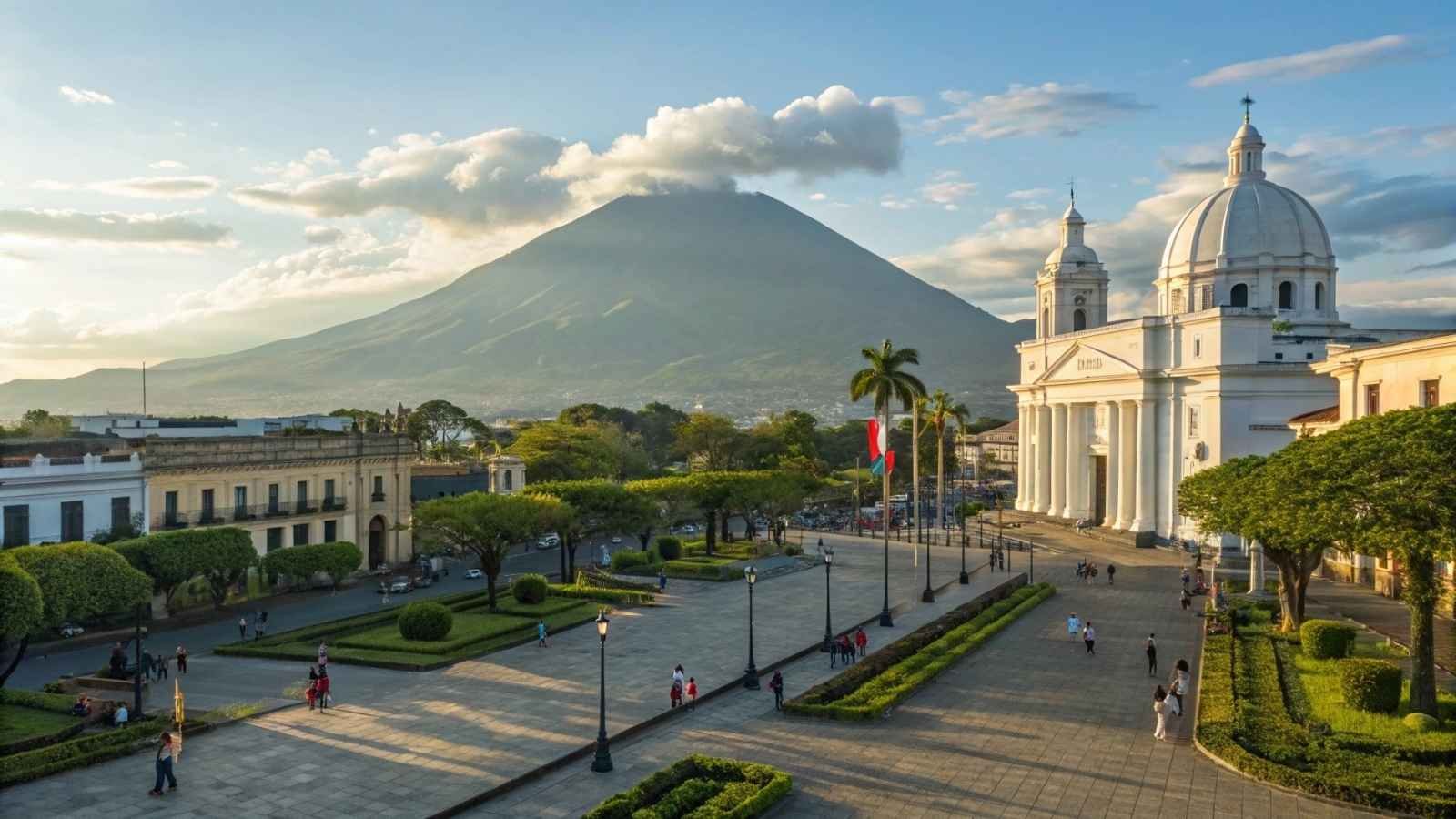
El Salvador may be the smallest country in Central America, but it packs an incredible variety of wildlife into its compact size. Unlike Costa Rica’s polished eco-tourism scene, El Salvador feels low-key, personal, and accessible. Birdwatchers especially love it here, with nearly 500 species calling the country home, including brilliant turquoise-browed motmots and hawks soaring above volcano slopes.
El Imposible National Park is one of the best places for spotting rare and endangered species. Hike its rugged trails, and you may encounter anteaters, armadillos, and troops of howler monkeys. Coastal wetlands such as Jiquilisco Bay are equally rich, serving as nesting grounds for four different sea turtle species — a spectacle worth the trip on its own.
What’s appealing here is the scale: you can start the day birding in cloud forests and finish it watching the sunset on a black-sand beach. It’s not marketed with glossy brochures or big-ticket tours, which means you’ll spend less and experience more. For travelers who like smaller, quieter destinations where nature feels intertwined with daily life, El Salvador is a rewarding surprise.
Travel tips:
- Best months to visit: November to March (pleasant, dry conditions)
- Wildlife highlights: Sea turtles, anteaters, motmots, howler monkeys
- Budget factor: Very inexpensive food, lodging, and entry fees
- Top spots: El Imposible National Park, Jiquilisco Bay, Montecristo Cloud Forest
7. Mexico (Southern Regions)
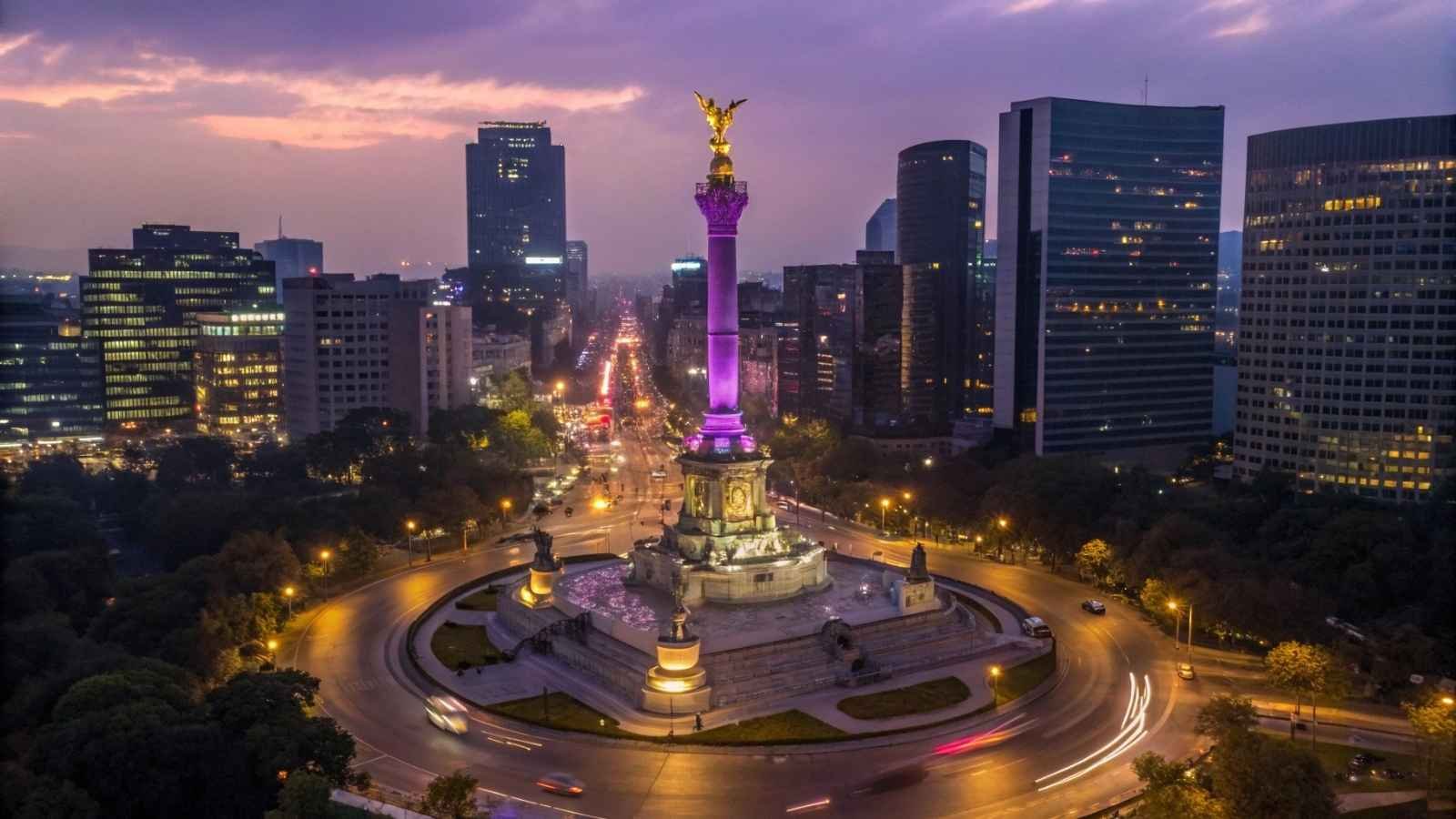
Southern Mexico often gets overshadowed by the country’s beaches and cities, but regions like Chiapas and Yucatán are bursting with wildlife. Dense jungles, waterfalls, and mangroves create habitats for everything from howler monkeys to crocodiles. Add in a healthy mix of Mayan ruins tucked into wild landscapes, and the experience is both cultural and natural at the same time.
In Chiapas, the Lacandon Jungle is one of the last remaining expanses of tropical rainforest in North America. This is jaguar territory, though you’re more likely to hear their calls than see them. Bird enthusiasts are spoiled here, with scarlet macaws, toucans, and herons filling the skies. The Yucatán Peninsula, meanwhile, is famous for its cenotes and mangroves, which shelter flamingos, crocodiles, and a kaleidoscope of fish.
Compared to Costa Rica, Southern Mexico offers much more diversity in experiences — wildlife one day, ruins the next, beaches the day after — and at a fraction of the price. Travel is easy, public transport is inexpensive, and eco-lodges blend rustic comfort with local culture. If you want nature and adventure without a polished, packaged feel, southern Mexico is a gem.
Travel tips:
- Best months to visit: November to April (dry season, ideal for jungle exploration)
- Wildlife highlights: Jaguars, scarlet macaws, crocodiles, flamingos
- Budget factor: Very affordable transportation and accommodations
- Top spots: Lacandon Jungle, Sian Ka’an Biosphere Reserve, Celestún Flamingo Sanctuary
8. Colombia (Caribbean Coast & Amazon Edge)
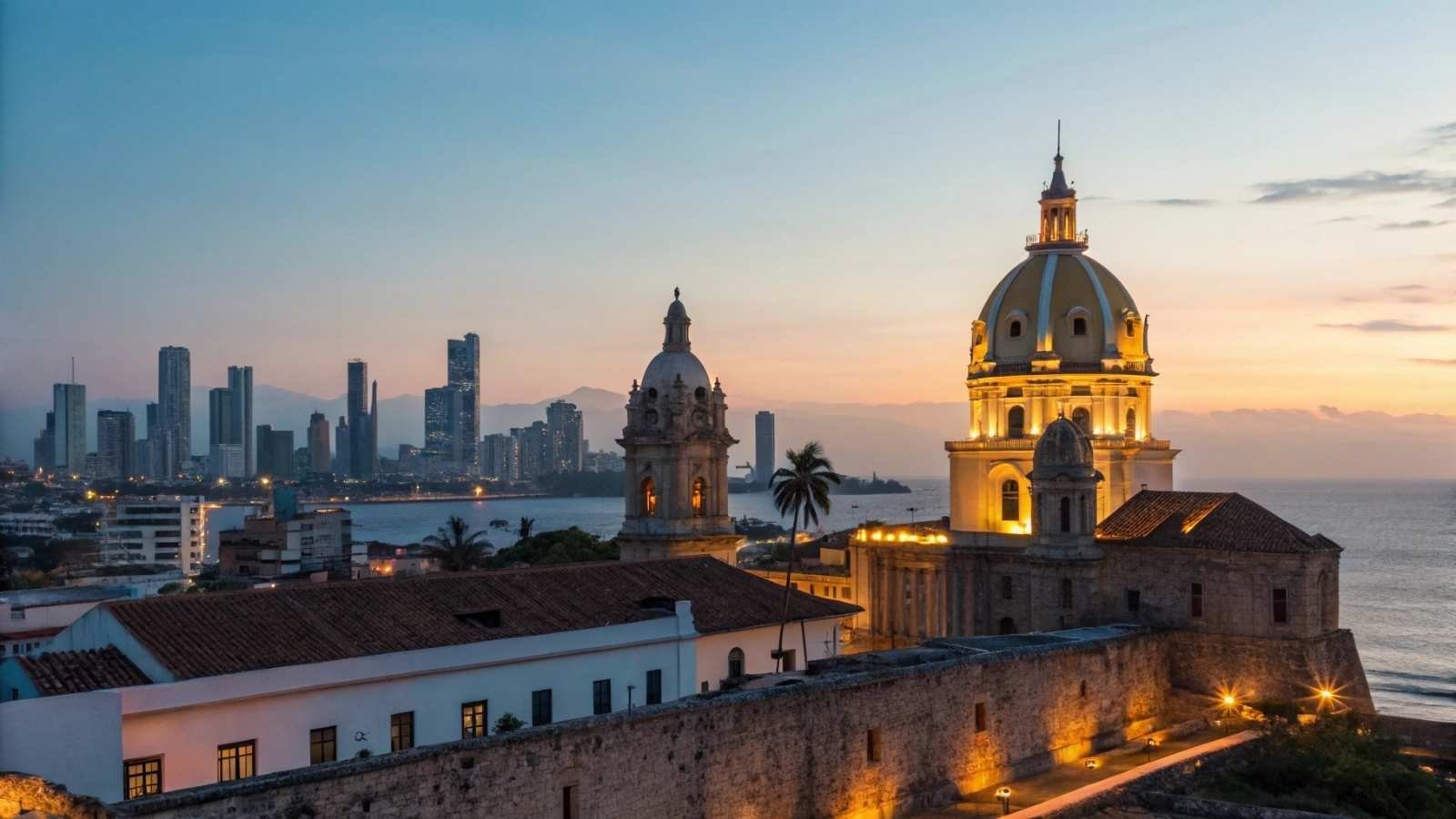
Colombia is often associated with vibrant cities and coffee, but its biodiversity is staggering, second only to Brazil worldwide. For wildlife enthusiasts, the country’s Caribbean coast and Amazon borderlands provide two wildly different but equally thrilling experiences. Here, eco-tourism isn’t as developed as Costa Rica’s, which means you’ll often feel like you’ve stumbled onto discoveries of your own.
On the Caribbean side, Tayrona National Park combines jungle and beaches, where monkeys swing through trees and iguanas sun themselves on rocks. The nearby Sierra Nevada mountains are home to unique bird species found nowhere else. Shift south toward the Amazon edge, and you enter a completely different world of pink river dolphins, caimans, and colorful parrots filling the skies.
The beauty of Colombia lies in its variety. You can snorkel coral reefs, trek through rainforest, and canoe the Amazon — all in one trip. Prices are low compared to Costa Rica, and because the eco-tourism market is still developing, you’ll find more authentic, small-scale experiences rather than mass-packaged tours. For adventurous travelers, Colombia offers wildlife encounters that feel vibrant and raw.
Travel tips:
- Best months to visit: December to March (Caribbean coast), July to October (Amazon dry season)
- Wildlife highlights: Pink river dolphins, caimans, monkeys, parrots
- Budget factor: Very affordable food and accommodations, and tours are cheaper than in Costa Rica
- Top spots: Tayrona National Park, Sierra Nevada de Santa Marta, Leticia (Amazon gateway)
9. Ecuador (Mainland Jungles)
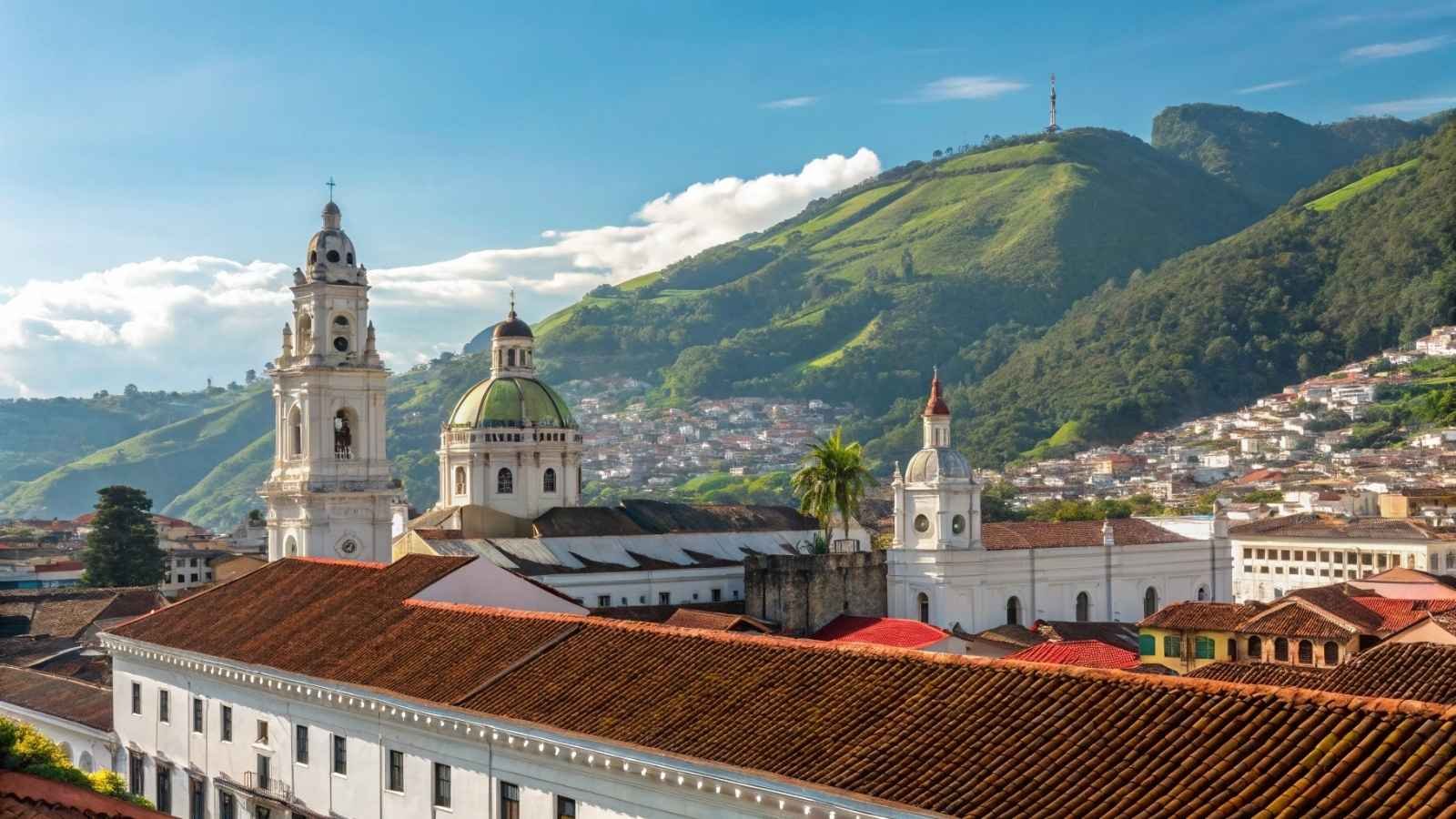
Ecuador is often known for the Galápagos, but the mainland jungles are just as rich — and far more affordable. The Amazon basin stretches into eastern Ecuador, where eco-lodges provide access to some of the most biodiverse regions on Earth. Monkeys, river otters, anacondas, and dazzling bird species thrive here in numbers that rival anywhere in Central America.
The Yasuni National Park, in particular, is often described as one of the most biologically diverse places on the planet. With over 600 bird species, countless reptiles, and unique primates, a few days here can feel like a crash course in tropical ecology. The best part is that guided river trips are inexpensive, often led by local communities who know the forest intimately.
Compared with Costa Rica, Ecuador’s Amazon is wilder, more immersive, and less touristy. Prices for eco-lodges, guided tours, and even food are significantly lower. And because Ecuador is a relatively compact country, you can combine jungle explorations with Andean treks or a trip to the Pacific coast — all without blowing your budget.
Travel tips:
- Best months to visit: December to March (drier conditions, fewer mosquitoes)
- Wildlife highlights: Monkeys, river otters, anacondas, rare bird species
- Budget factor: Eco-lodges and tours are very affordable compared to those in Costa Rica
- Top spots: Yasuni National Park, Cuyabeno Wildlife Reserve, Napo River Basin






